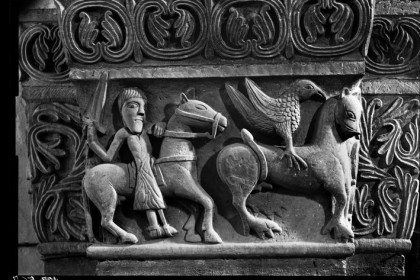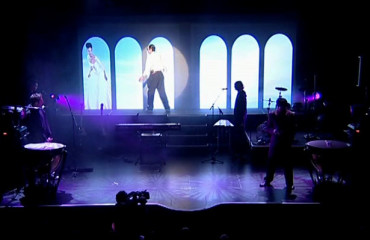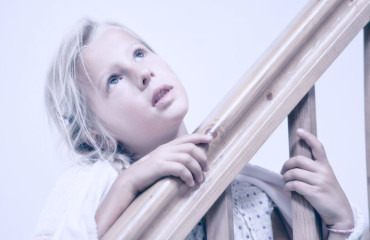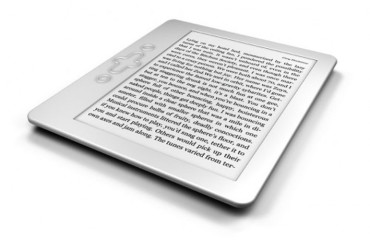
Giovanni Amoretti’s story is the story of a family. Story that begins with a photographer father – Armando – that left us the amazing report about Parma barricades in 1922. And this is the beginning of an archive of thousands films and images that is still alive, growing, which is a unique treasure chest of documents about a century of city life, from Fascism to World War, from the portraits of the most famous personalities to the demonstrations in the streets, from the world of work to art and culture.
Giovanni launched his long career as a professional photographer at the end of the Sixties: stimulant years, when the texture of social relations with important customers in the world of finance as well as in industrial, cultural and artistical ones, permitted on the one hand the possibility of accurate and detailed photographic services, on the other hand the opportunity to pursue in parallel on a personal quest, never for free and always focused on the storytelling, about men and places. So here is the industrial photography, markedly graphical, the collaborations with the most important art critics – first of all Arturo Carlo Quintavalle, who always defined Giovanni Amoretti a “smart photographer” – and then with sculptors (for example, Pietro Cascella) and architects (Ponti, Rosselli, Nervi, Lusignoli and the tireless Canali), because the contemporary architecture at that time was a “serious thing” even in Parma and requested an analytic and interpretational work of photographic shooting at the same time.
Amoretti, however, has never been content to simply carry out the tasks assigned to him: always evident in his work, is the added value, is the comparison that leads to a change of perspective, is the extreme accuracy in the shot but even more in the press in the darkroom, is the choice of the right tool for the context to be translated into images. As Paolo Barbaro writes, the photographer makes “a journey made up even of technical updates: not adapting to tradition but searching and finding the right tool for the solution of visual problems”.
So, the surveys about the city and its events, its historic and artistic witnesses come to life (memorable the photographic campaign conducted between 1967 and 1974 in the cathedral of Parma and on its sculptures), upon the faces met in the frequent trips to near and far countries, upon the atmospheres of abandoned houses and a past still tangible. Always with the awareness that comes from a knowledge of everyday life, always with the irony of a critical but open look to the world.
 English
English  Italiano
Italiano 



